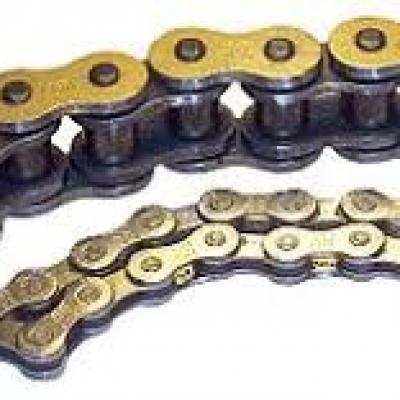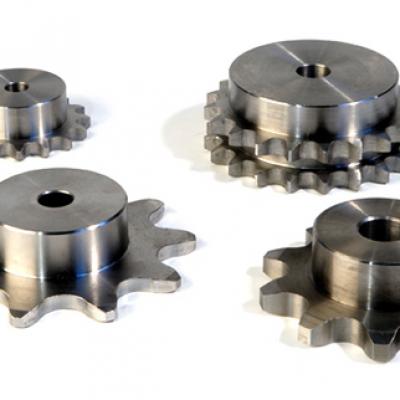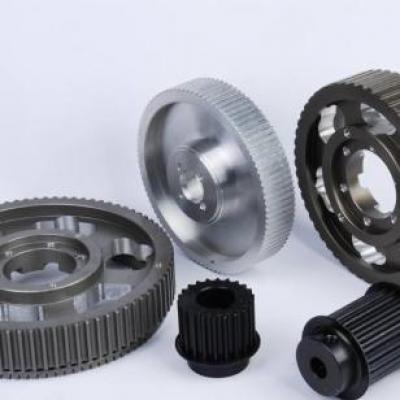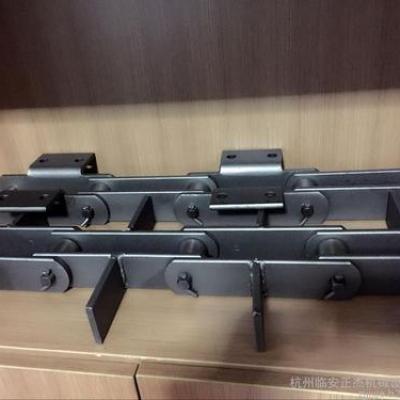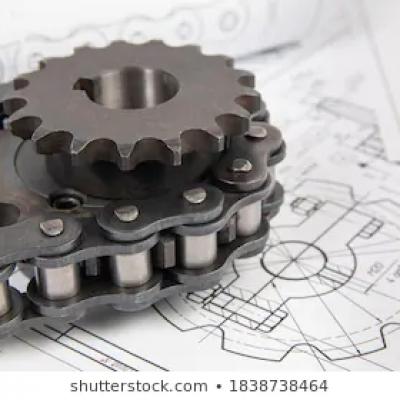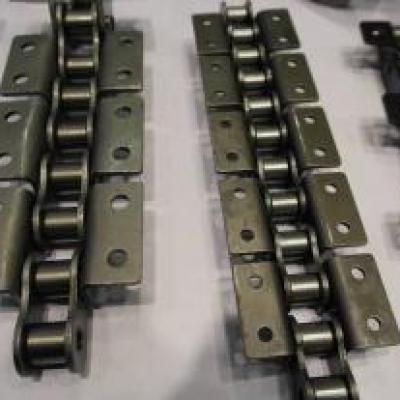What aspects need to be involved in the design of synchronous pulley
The breakage and damage of the bearing rope during the operation of the timing belt is a common form of failure. The cause of failure is that the belt has excessive pulling force on the load-bearing rope during the transmission of power, and the load-bearing rope is broken. In addition, when the diameter of the active fishing wheel selected is too small, the load rope will withstand a large periodic bending fatigue stress in the entry and exit belts, and bending fatigue will also occur. Pay attention to these issues when designing.
There are many materials for synchronous belt wheels, and different materials are suitable for different occasions. For example, some machinery needs to have high corrosion resistance, and users can purchase copper or stainless steel Timing Pulleys. Of course, in order to improve its corrosion resistance, the factory will also carry out various treatments on its surface. Such as natural oxidation, blackening of salt spray, galvanizing, high frequency quenching, etc.
Synchronous belt is a new plastic transmission belt developed based on the advantages of synchronous belt wheel transmission, chain transmission and Gear transmission. It consists of a toothed working surface meshed with the tooth groove of the toothed pulley for transmission, and its strong layer is composed of fiber material or metal material with high tensile strength and small elongation, so that the timing belt is in the transmission process The length of the pitch line remains basically unchanged, and there is slippage between the belt and the pulley during the transmission process, thereby ensuring that there is no slip between the main and transmission wheels. Therefore, it is necessary to understand the failure mode when designing the timing belt.
When designing synchronous pulleys, not only should the requirements of the use environment be considered, but also more aspects need to be involved. When designing a synchronous belt wheel gear, the producer needs to consider the transmission power of the gear drive, the input speed, the ratio of the transmission, and so on. Considering these is to determine the center distance and modulus of the synchronous pulley, of course, if you already know its center distance and modulus, you can directly make the next step. Next, the production staff will calculate the basic parameters of the gear. When calculating these aspects, the production personnel need to use the geometric calculation method. After the basic parameters of the synchronous belt gear are calculated, the contact strength of the tooth surface and the bending strength of the tooth root can be accurately checked. Finally, when the production staff is checking the timing pulley, it is found that its strength is insufficient, and it needs to be calculated again.
For customers who have just been in contact with the synchronous belt wheel drive, they may not have a deep understanding of it. Our company has special synchronous wheel product catalog materials for everyone to download for free reference. The above mentioned are the classic styles and sizes of the commonly used synchronous wheels. The tooth types covered include inch teeth, trapezoidal teeth, arc teeth, tooth plates and gear rods, which can meet most of the
According to customer requirements. If the customer chooses the style and size of the synchronous wheel on the data, only need to provide the following information (we will draw a picture based on the information provided by the customer for verification by the customer):
①Synchronous wheel style code: such as AF type, AS type, BF type, BS type, etc.
②Material (usually 45 steel and aluminum parts)
③Tooth shape? (Same as the tooth shape of the belt used together)
④Number of teeth?
⑤ Belt width used in conjunction
⑥ Central hole diameter?
⑦Whether the center hole has a keyway
⑧Whether the retaining ring (also called flange) is used on both sides of the synchronization wheel to prevent the belt from falling off
⑨Surface treatment (if steel parts are generally blackened, if aluminum parts are generally not needed)
⑩ Quantity (If the quantity is large, the corresponding price will be cheap)
If in doubt, the following examples illustrate each project:
① Style code of synchronous wheel
According to the actual needs of the equipment, the BS type is a style without a circlip, the BF type is a style with a circlip, and the AS type is a circlip
And two lightening grooves have been opened to reduce weight (usually used when the diameter of the synchronous wheel is large)
